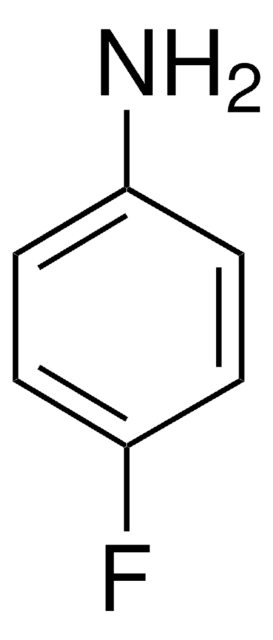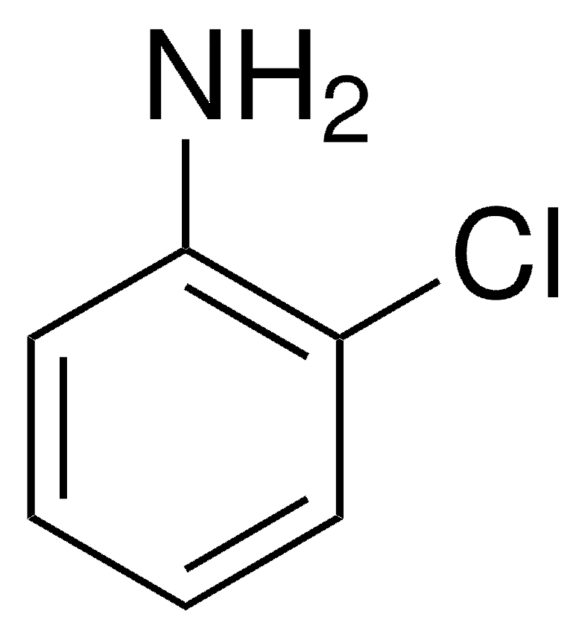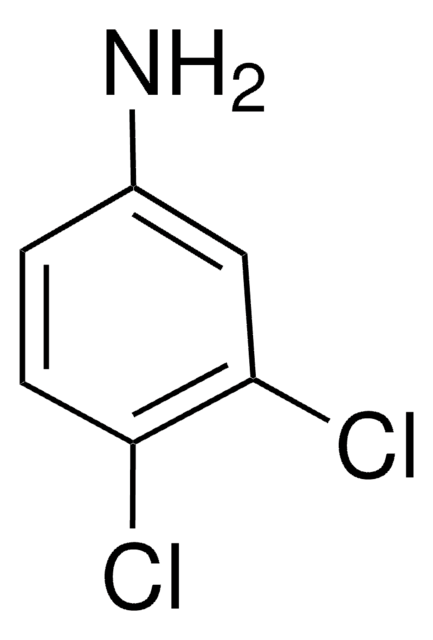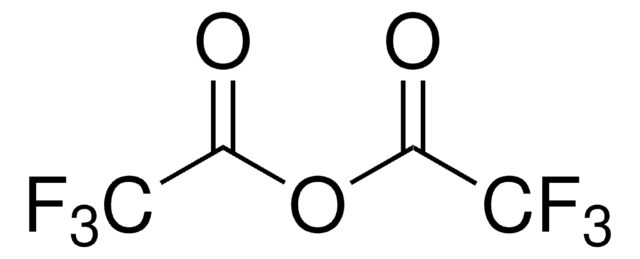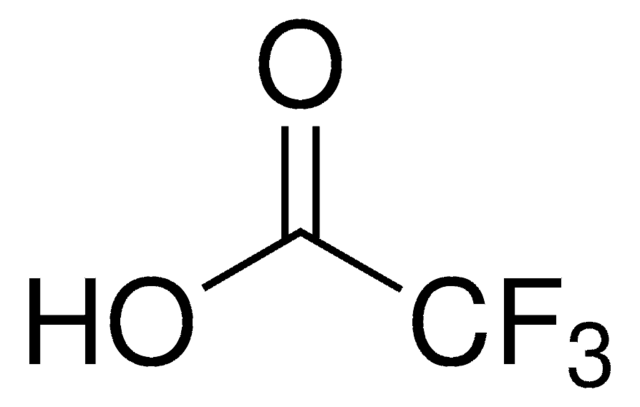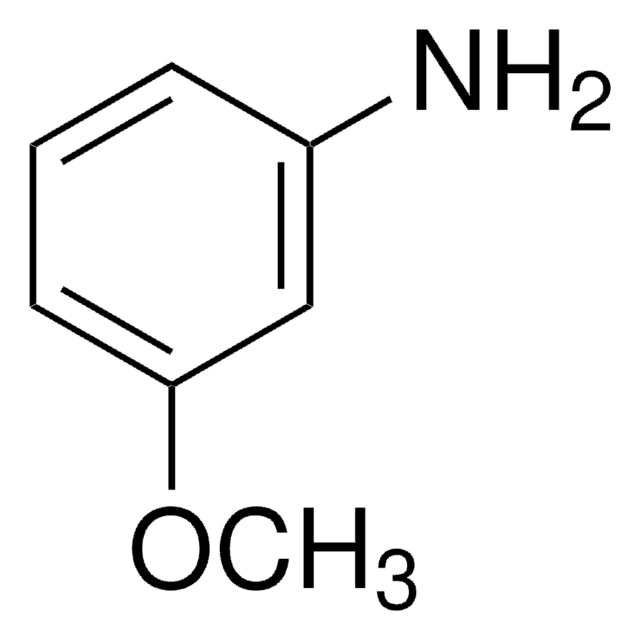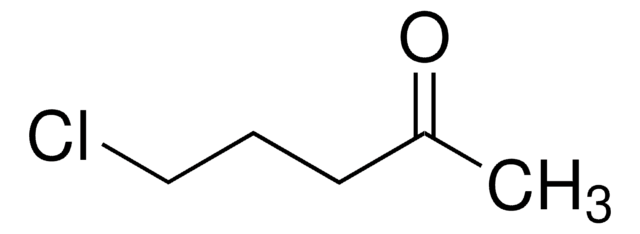C22407
3-Chloroaniline
99%
Synonym(s):
1-Amino-3-chlorobenzene, 3-Amino-1-chlorobenzene, 3-Chloro-1-aminobenzene, 3-Chlorobenzenamine, 3-Chlorophenylamine, 5-Chloroaniline, m-Aminochlorobenzene, m-Chloroaniline, m-Chlorophenylamine
About This Item
Recommended Products
vapor pressure
1 mmHg ( 63.5 °C)
Quality Level
Assay
99%
form
liquid
refractive index
n20/D 1.594 (lit.)
bp
95-96 °C/11 mmHg (lit.)
mp
−11-−9 °C (lit.)
density
1.206 g/mL at 25 °C (lit.)
SMILES string
Nc1cccc(Cl)c1
InChI
1S/C6H6ClN/c7-5-2-1-3-6(8)4-5/h1-4H,8H2
InChI key
PNPCRKVUWYDDST-UHFFFAOYSA-N
Looking for similar products? Visit Product Comparison Guide
Related Categories
Application
- Elevated level of the second messenger c-di-GMP in Comamonas testosteroni enhances biofilm formation and biofilm-based biodegradation of 3-chloroaniline.: This research reveals that increased levels of c-di-GMP in Comamonas testosteroni enhance both biofilm formation and the biodegradation efficiency of 3-chloroaniline, suggesting a strategy to improve bioremediation processes (Wu et al., 2015).
- Degradation of chloroanilines by toluene dioxygenase from Pseudomonas putida T57.: The study investigates the role of toluene dioxygenase from Pseudomonas putida T57 in degrading chloroanilines, providing insights into the enzymatic mechanisms and potential applications in treating chloroaniline pollutants (Nitisakulkan et al., 2014).
- Bioaugmentation as a tool to protect the structure and function of an activated-sludge microbial community against a 3-chloroaniline shock load.: The study evaluates the effectiveness of bioaugmentation in maintaining the stability and functionality of microbial communities in activated sludge systems exposed to 3-chloroaniline, supporting its application in wastewater treatment (Boon et al., 2003).
Signal Word
Danger
Hazard Statements
Precautionary Statements
Hazard Classifications
Acute Tox. 2 Inhalation - Acute Tox. 3 Dermal - Acute Tox. 3 Oral - Aquatic Acute 1 - Aquatic Chronic 1 - Eye Irrit. 2 - Skin Sens. 1B - STOT RE 2 Oral
Target Organs
Endocrine system
Storage Class Code
6.1A - Combustible acute toxic Cat. 1 and 2 / very toxic hazardous materials
WGK
WGK 2
Flash Point(F)
244.4 °F - closed cup
Flash Point(C)
118 °C - closed cup
Personal Protective Equipment
Choose from one of the most recent versions:
Already Own This Product?
Find documentation for the products that you have recently purchased in the Document Library.
Customers Also Viewed
Our team of scientists has experience in all areas of research including Life Science, Material Science, Chemical Synthesis, Chromatography, Analytical and many others.
Contact Technical Service
